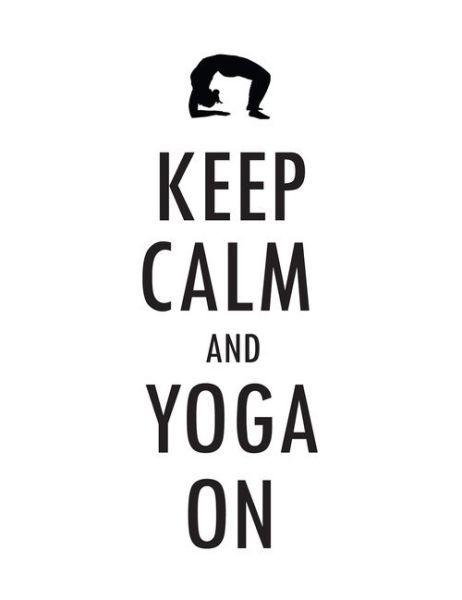
If you’re one of the estimated 50 to 70 million Americans who suffer from chronic sleep problems, chances are you may have brought up your concerns to your doctor in search of a solution. And like many doctors, he or she may have prescribed you a pharmaceutical drug in order to help treat the problem.
If you fall into this group, you’re certainly not alone. According to the Center for Disease Control and Prevention, about 4 percent of all American adults over age 20 use some form of prescription sleep aid, with use by women slightly higher than men. (5 percent to 3.1 percent, respectively.) This number has seen an astronomical rise in the last two decades, with the number of prescriptions for sedative hypnotics (like Ambien) increasing by an astonishing 30 times between 1994 and 2007.
Just to do some quick math, the growth rate for these prescriptions has risen five times faster than the number of insomnia diagnoses between those same years, and 21 times faster than the rate patients have reported sleeplessness to their doctors. In other words, Americans are being medicated for sleep disorders faster than we can be diagnosed with them!
With this rise in the rate of prescriptions being issued, the number of hospital visits due to overmedication from these drugs has also inevitably increased. During the five years between 2005 and 2010 alone, the number of ER visits nearly doubled, from 22,000 to 42,000.
But what’s so dangerous about a tiny little pill? As it turns out, quite a few things.
Because many people think of them as a relatively benign substance, some are quick to take more than their prescribed dose when they feel they are having a weaker effect than expected. This inevitably leads to overmedication and a much stronger reaction, which can result in suppressed breathing, especially when combined with other depressants like alcohol.
And even when taken in the proper doses, prescription sleep aids still have their dangers. Even though the effects from one dose are only supposed to last eight hours or so, many people still feel sedated well into the next day. This becomes dangerous if they decide to get behind the wheel of a car because, like alcohol, the drug is still in their system, slowing their reaction time and clouding their judgment.
Prescription sleep aids are especially dangerous in this respect for women. This is because women metabolize zolpidem at about half the rate as their male counterparts, which causes the drug to stay in their systems about twice as long. This fact prompted the FDA to force pharmaceutical companies to cut the recommended dosage in half for female patients starting in 2013, but many doctors and their patients are still unaware of this gender discrepancy.
Prescription sleep aids can also be dangerous because of the unpredictable behavior they sometimes cause in users. Some people are unaware of the fact that these drugs take effect very rapidly, and instead of taking them while laying in bed getting ready to sleep for the night, they’ll take them in the evening and go about their regular routine waiting for them to kick in. Oftentimes the drugs will take effect without their knowledge, leading to harmful and erratic decisions or dangerous behavior.
Another safety concern surrounding these drugs is addiction potential. While not exceptionally common, some people become dependent on these drugs when using them over an extended period of time. This leads to a hard decision for the user: either reduce or stop taking the drug entirely and be worse off sleep-wise than when they started, or take the pill for the rest of their lives and maintain their dependence.
To prevent dependency, many doctors recommend only using them for a month-long period or less, and only when needed. This helps retrain the brain to get used to falling asleep, while giving the patient time to assess their sleep habits and change the ones that may be preventing them from getting sleep on their own. Because ultimately, prescription sleep aids shouldn’t be thought of as a long-term solution, and more of a temporary fix.
Ultimately, it’s up to you and your doctor to decide what the best solution is for you. And as with any medical condition, it’s very important to be aware of the potential risks and benefits of any treatment regimen. So, listen to your body, your doctor’s advice, and be sure to voice any concerns you may have so you can both come to the best solution for you. Your health is worth having the conversation!
If you decide that a prescription approach isn’t a good fit for you, there are plenty of natural, non-pharmaceutical sleep aids that may benefit you. Be sure to check out next Monday’s blog post for our favorite recommendations!
Until next time: sleep well, live well and be well!





















